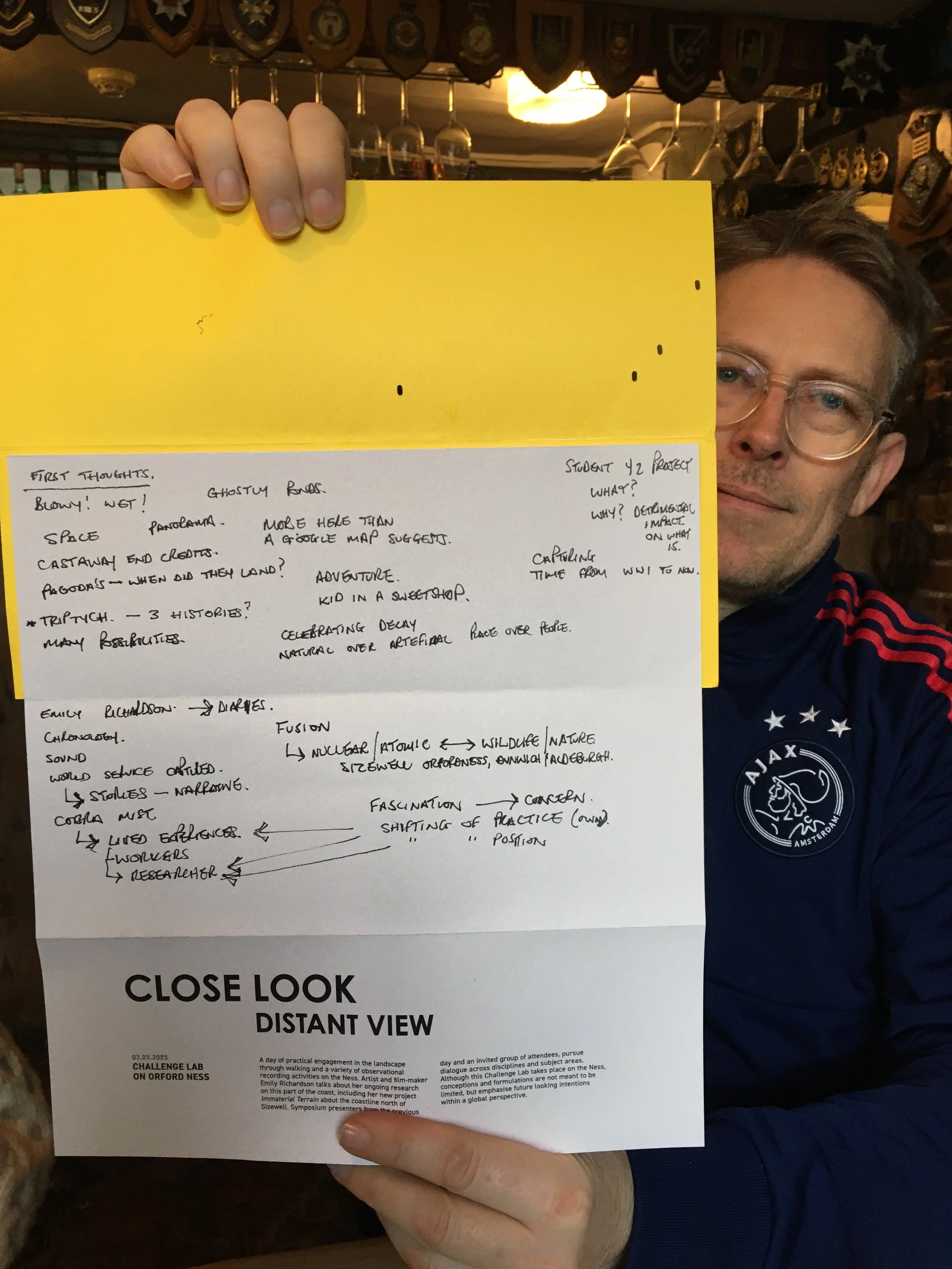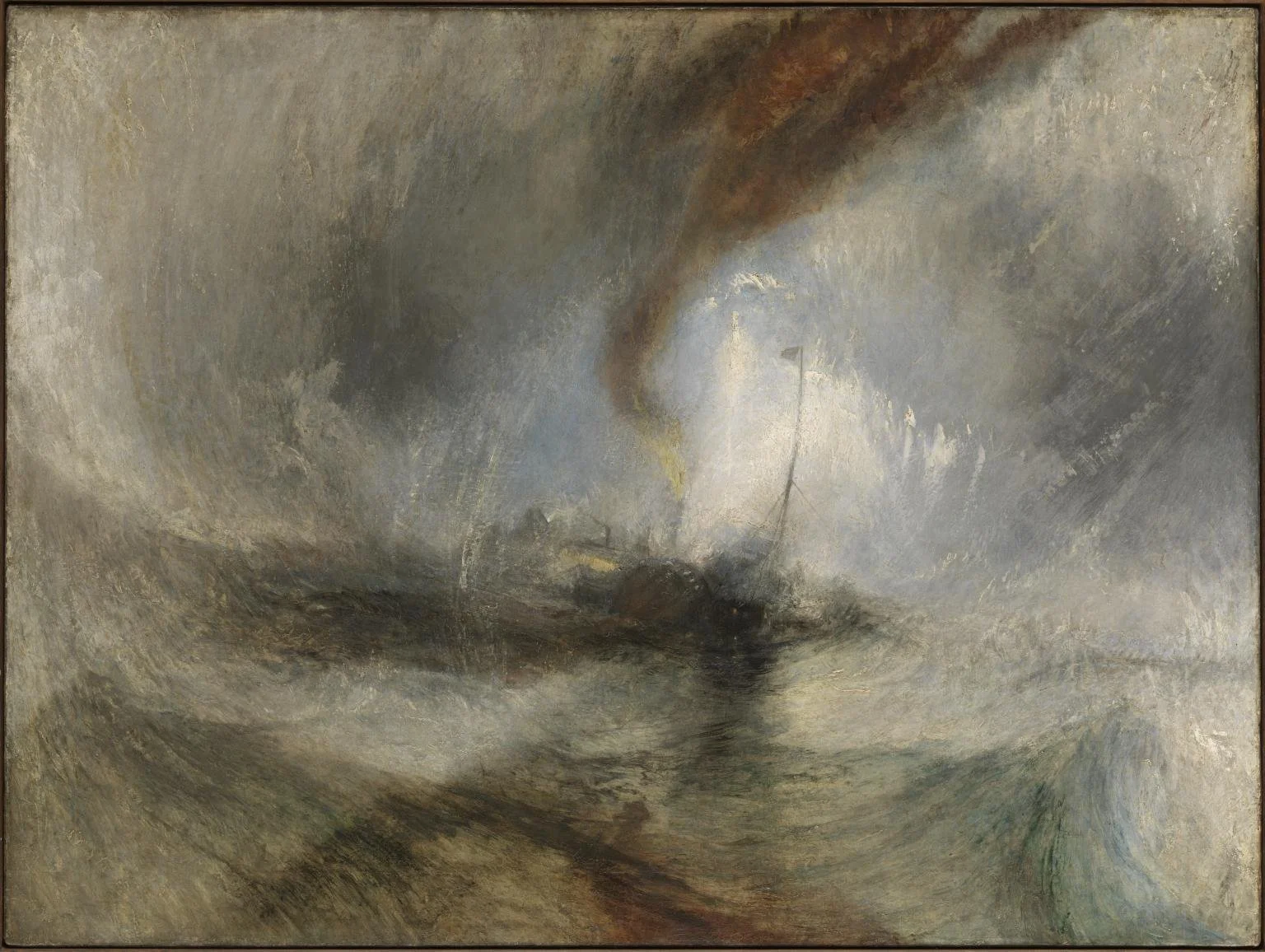
Close Look, Distant View
Close Look, Distant View was a two-day symposium that examined new research and shifting perceptions of watery landscapes in art, science, digital technology and the environment. It was organised by Dr Jane Watt and Dr Susan Barnet (both School of Engineering, Arts, Science and Technology, University of Suffolk) in collaboration with Emma Roodhouse (Colchester and Ipswich Museums) and in partnership with The Hold Suffolk Archives. It coincided with the Landscape Rebels exhibition at Christchurch Mansion and Suffolk’s Green Story exhibition at The Hold, Ipswich.
![Image[6].jpeg](https://images.squarespace-cdn.com/content/v1/61f28671c8ee1636927840fe/007ad9c6-cbbb-4a10-9fa6-ecb5de415846/Image%5B6%5D.jpeg)

![Image[5].jpeg](https://images.squarespace-cdn.com/content/v1/61f28671c8ee1636927840fe/89cc2eed-8d8e-4779-a4cb-e1c17c5f7ad7/Image%5B5%5D.jpeg)
Day 1: Symposium 2.3.2023
The first day symposium public event at The Hold, Ipswich with nearly one hundred attendees included presentations by researchers from University of Suffolk, Anglia Ruskin University, University of Southampton, California Institute of Technology and Tate. These included discussion around lost waterscapes, visualizing climate change, the politics and history of landscape.
Symposium Presentations
Day 2: Challenge Lab 3.3.2023
The following day an invited group of twenty participants including artists, photographers, filmmakers, historians, architects, ecologists, and sociologists took part in a Challenge Lab on Orford Ness.
Following on from the first day’s activities in the traditional symposium format, in contrast, the Challenge Lab on Orford Ness had a very different, and more open-ended approach. We wanted to utilise the unfamiliarity and remoteness of the landscape of the Ness.
Although the Challenge Lab took place on the Ness, conceptions and formulations were not meant to be limited to this particular site, but instead emphasise future-looking intentions within a global perspective. We based the structure of the Challenge Lab on walking and moving through the site itself, punctuated by an audio-visual presentation by artist and film-maker Emily Richardson, informal talks by the Ness’ volunteer guides about their knowledge and experience of the history and ecology of the site, and sound participation led by oral historian and shanty aficionado JP.













